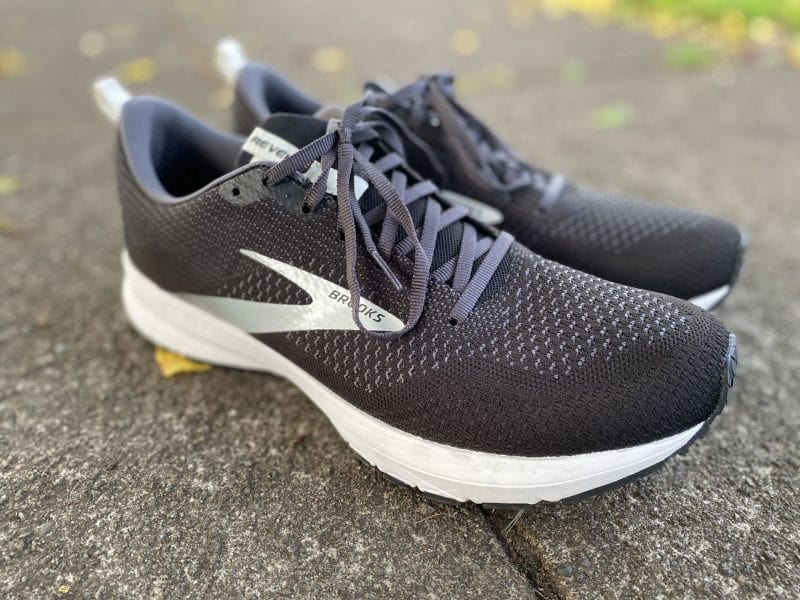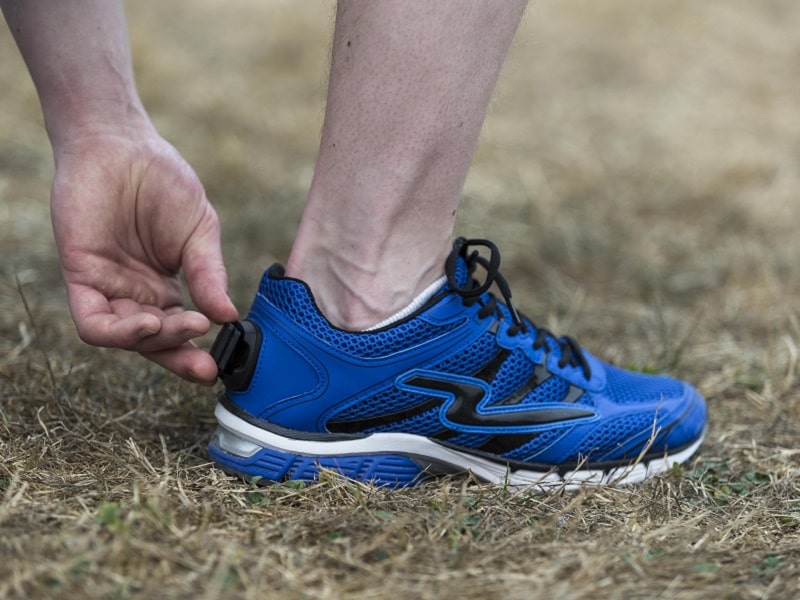The running footwear design requires to be dealt with. Pronation, movement control, padding, and security shoes? Do away with them all.
It’s not just barefoot operating and minimalism versus running shoes, the either/or situation lots of depict it to be. It’s much deeper than that. It’s not even that running shoe business profane as well as bent on earn a profit. Footwear business might be achieving the objectives they lay out for, however possibly the objectives their aiming for are not what need to be done. The paradigm that running footwear are built on is the trouble.
Running footwear are built upon 2 central facilities, impact pressures as well as pronation. Their objectives are basic, restriction influence pressures and also avoid overprontation. This has caused a category system based on cushioning, stability, and also activity control. The problem is that this system might not have any ground to stand on. Have we been focused on the wrong things for 40+ years?
I’ll start with the normal statistic of 33-56% of joggers obtain hurt each year (Bruggerman, 2007). That is sort of mind blowing when you consider it. Considering that there are a lots of injuries going on, let’s take a look at what footwear are expected to do.
Pronation:
As stated earlier, shoes are built upon the premise that influence forces as well as pronation are what create injuries. Pronation, particularly has been constructed as the scourge of all joggers. We have actually ended up being inundated with limiting pronation through movement control shoes. The main idea behind pronation is that overpronating causes rotation of the reduced leg(i.e. ankle joint, shin, knee) putting stress on the joints and for that reason bring about injuries. Running footwear are therefore created to limit this pronation. Basically, running shoes are established and also designed to put the body in “proper” positioning. But do we really need proper alignment?
This standard on pronation relies on two main things: (1 )over pronation creates injuries and also (2) running shoes can change pronation.
Checking out the initial facility, we can see a number of studies that do not show a web link between pronation and injuries. In an epidemiological study by Wen et al. (1997 ), he found that reduced extremitly alignment was not a major risk element for marathon runners. In another research study by Wen et al. (1998 ), this moment a possible research study, he concluded that” Minor variants in lower extremity placement do not appear effectively to be major threat elements for overuse injuries in runners.” Other studies have actually reached similar final thoughts. One by Nigg et al. (2000) showed that foot as well as ankle motion did not forecast injuries in a large group of joggers.
If foot movement/pronation does not forecast injuries or is not a danger factor for injuries, then one has to examine whether the principle is sound or functioning …

Considering the second premise, do footwear even customize pronation? Motion control shoes are designed to lower pronation via a variety of systems. A lot of pick to place a median article or a similar gadget. In a research by Stacoff (2001 ), they tested a number of activity control shoe tools and found that they did not alter pronation and also did not change the kinematics of the tibia or calcaneus bones either. Likewise, another research by Butler (2007) found that activity control footwear revealed no distinction in peak pronation when contrasted to cushioning footwear. Lastly, Dixon (2007) found similar outcomes revealing that activity control shoes did not decrease peak eversion (pronation) and didn’t change the focus of stress.
To learn more, please visit https://www.brandhousedirect.com.au/a/collections/kids-school-shoes

